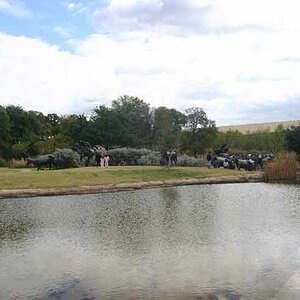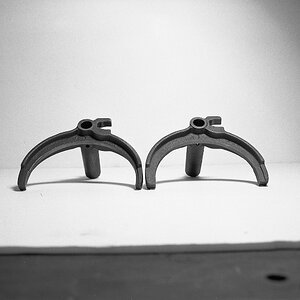xypex982
TPF Noob!
- Joined
- Oct 19, 2008
- Messages
- 85
- Reaction score
- 1
- Location
- Southern, CA
- Can others edit my Photos
- Photos OK to edit
Ive developed about five rolls of tri-x 400 with hc-110 dil B and following the box time 3 1/4 mins at 20c. So being sick of the terrible results I tried 5:30 with a roll I shot through a Diana and the results were much better, but it was shot with a Diana so who knows what it would look like in my AE-1. So what I am asking is when you guys use dilution B and tri-x 400 what times do you guys use at 20c? Should I try more like 6:30? It just seems like the images when that I developed for 5:30 still weren't the same look as I have seen people get online with hc-110.
The five and a half min results through my Diana
Diana 35mm - a set on Flickr
The five and a half min results through my Diana
Diana 35mm - a set on Flickr



![[No title]](/data/xfmg/thumbnail/42/42034-6262420ff3ea238f05395bbcc7ae1f28.jpg?1619739985)
![[No title]](/data/xfmg/thumbnail/32/32162-dd2cfb373402c59de9c6f13cee73b0fb.jpg?1619735234)



![[No title]](/data/xfmg/thumbnail/30/30890-45d8875af0c79f0f727d7d55132972b0.jpg?1619734501)

![[No title]](/data/xfmg/thumbnail/35/35865-5006be46d328277e5a956fa323782d97.jpg?1619737192)


